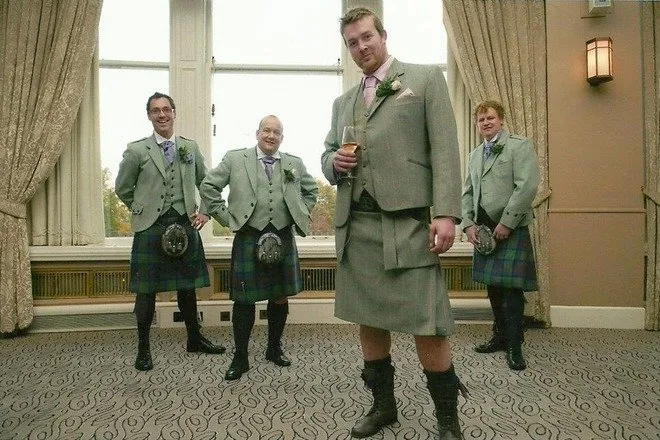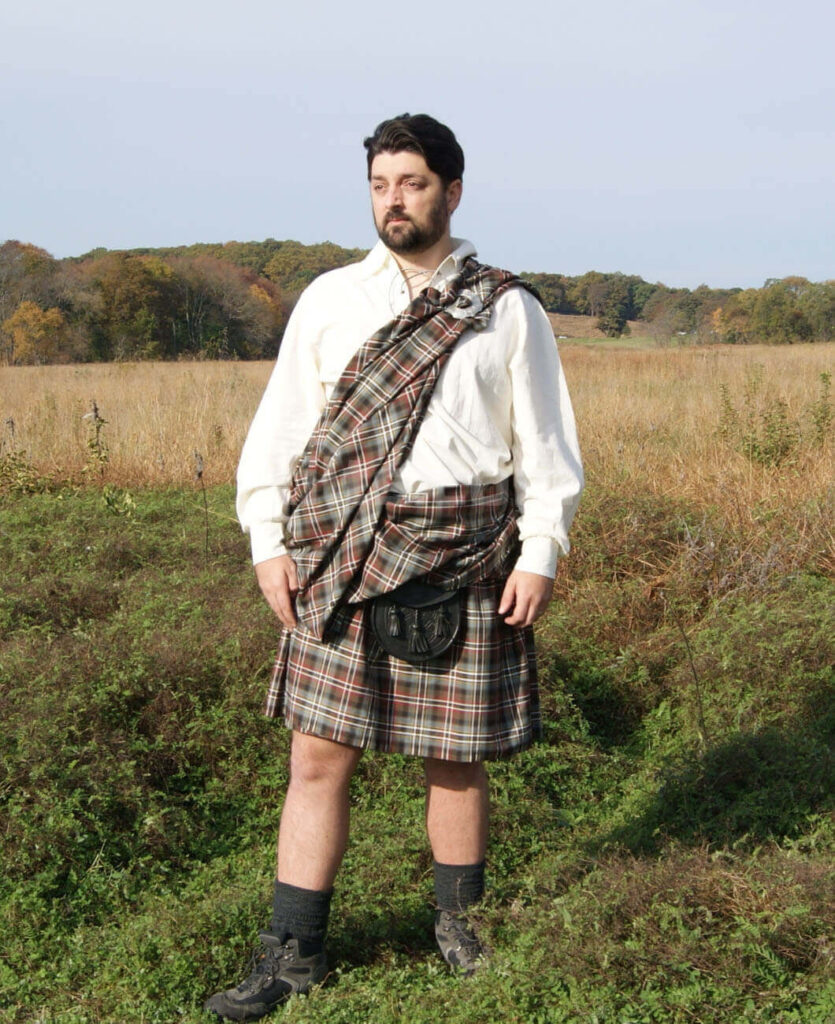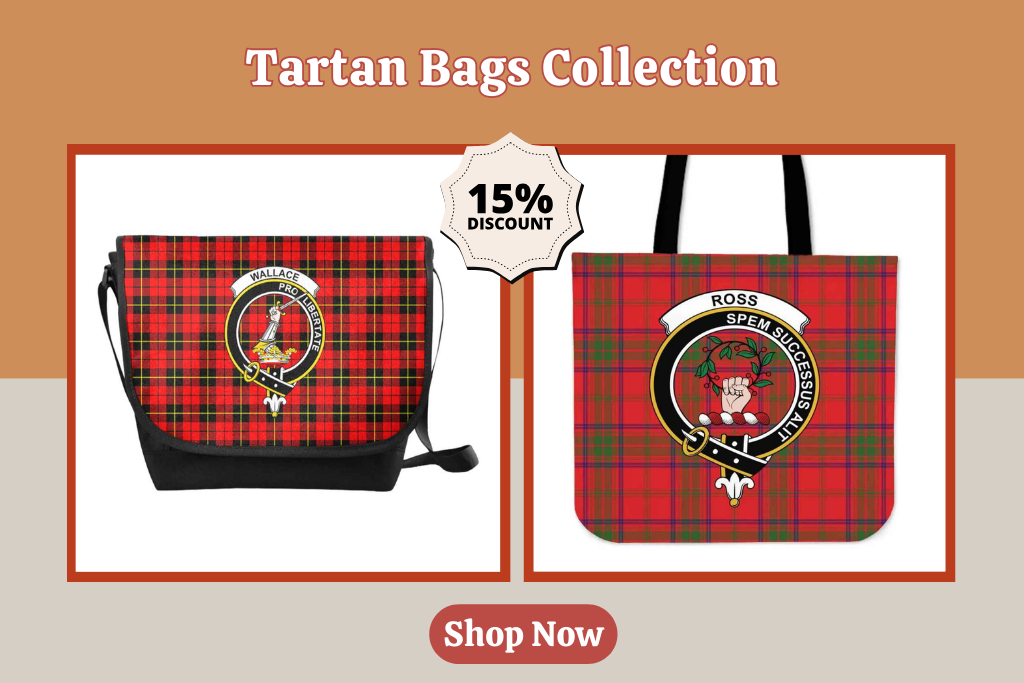Posted by Maris on 14th Nov 2023
Top Ten Secrets About Kilts
Scottish kilts are the national garment of Scotland, and they have been worn with deep respect, as a current fashion statement, and as symbols of resistance throughout history. They are still created today, and with great care. Of course, most of us are curious in what a Scot wears beneath his kilt.
1, In Scotland, kilts have profound cultural and historical roots. They are a time-honored emblem of patriotism and are meticulously stored between uses.
2. The term 'kilt' is derived from the Norse word kjilt, which means 'pleated,' and refers to clothing that is tucked up and around the body. The Norse were all over Scotland, mostly unwelcome, and it's a nice irony that the word for kilt comes from them.

3. Kilts were first mentioned in 1538. Gaelic-speaking Scots Highlander males wore them as full-length gowns. The modern knee-length kilt did not appear until the early 18th century.
4. The original kilts were available in white, brown, green, or black. Clanspeople dyed their wool with flora, mosses, and berries. They constructed plaids for individual clans over time, the colors most likely based on which natural dyes were nearby. Tartan cloth was born from these plaids.

5. The belted plaid became popular among Highland males in the 17th century (by 1822, it was largely used for ceremonial purposes). This 'big kilt' became a symbol of wealth. It was known as breacan-an-feileadh, or tartan wrap, in Gaelic. During this period, there was also a female variant that became popular. It was constructed of white tartan material with a wide-spaced design and was worn down to the ankles.
6. The little kilt or phillabeg was first worn in the late 17th century. This is the bottom part of the kilt, with folds, a waist belt, and a length that falls just above the knee. For protection and warmth, a second piece of cloth was placed over the shoulder.
7. In an attempt to suppress Highland culture, King George II enacted the Dress Act of 1746. It was made unlawful for Highland regiments to wear any sort of Highland garb, including the tartan kilt. Opponents of King George wished to replace him with Jacobite armies. In a panic, he considered using the act's clauses to prohibit the kilt from Highland soldiers. He could then know who was supporting the Jacobite cause and destroy them. His suspension had the opposite effect. People who did not have Jacobite sympathies wore them as a romantic fashion statement. Others wore kilts to protest English oppression in general. In 1782, the ban was lifted. Thirty-six years was a long time to have a pointless ban in place.

8. Following the ban, the kilt became an iconic emblem of Scottish identity, with tartan designs representing specific clans, families, and areas. Today, there are over 3,500 tartan family plaids. The clothing takes 20 to 25 hours to produce, is mostly handmade, and the tartan pattern must be kept intact. They contain 29 pleats and around 8 yards of fabric.
9. A sporran, a little pouch worn around the waist and over the kilt, is normally used with a proper kilt. A kilt pin ties the two sections together at the front, and the Sgian dubh (skee-an doo) is a tiny dagger that sits in the sock.
TENTH BONUS ROUND:
What should guys wear under their kilt? That is what many of us want to know.
55% of men who wear kilts claim they wear dark underwear, while 38% go commando. 7% are dressed in shorts or tights.
Those Scottish males who do wear kilts will be glad to discover that women, particularly Scottish women, love kilts. 91% think it's a very lovely look (they might be waiting for a peek, too), and 67% think it's strong and patriotic. The majority of women polled by the Scottish government believe that nothing should be worn beneath that lovely kilt. Are we taken aback? Most likely not!


